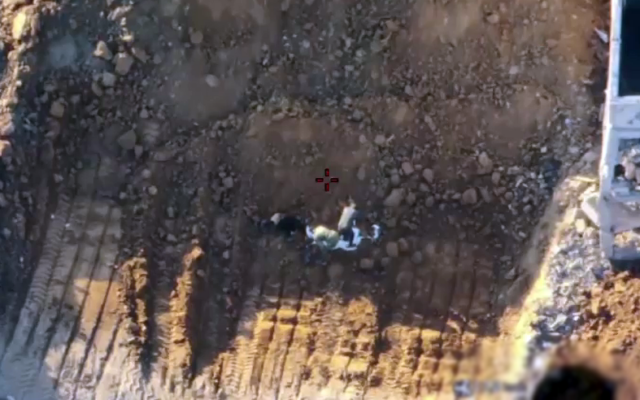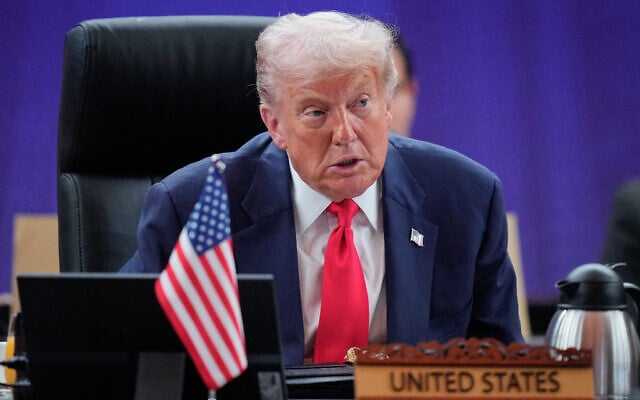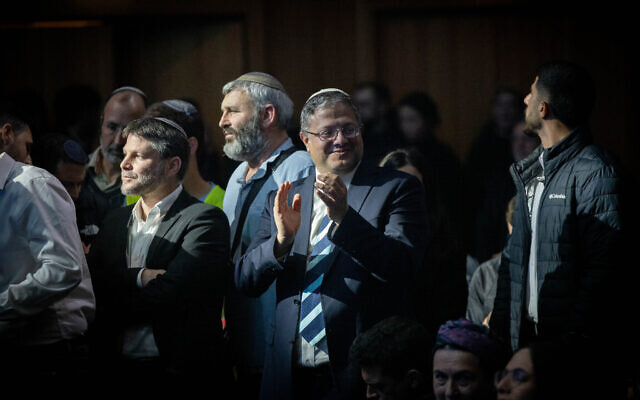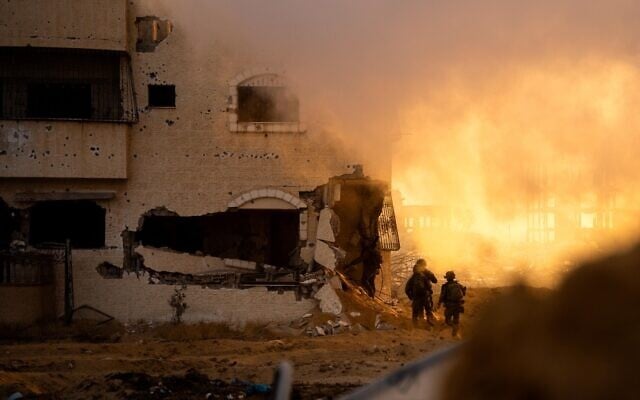The ceasefire in the Gaza Strip has been fragile since US President Donald Trump willed it into existence earlier this month.
And on Tuesday, the cords keeping war from breaking out again in Gaza frayed further, as Hamas operatives opened fire on IDF troops in Rafah, nine days after it carried an attack in the same city that left two Israeli soldiers dead.
Tuesday’s attack in Rafah came as Israel’s patience was already wearing dangerously thin.
After Hamas failed to return any bodies of slain hostages for a week, it said on Monday night that it would hand over remains it had found that day. Instead, Israel discovered that the casket contained the partial remains of Ofir Tzarfati, a hostage whose body was already recovered by the military in early December 2023.
If that wasn’t enough, an Israeli drone caught Hamas staging the fake “discovery” of Tzarfati’s remains on Monday afternoon in eastern Gaza City in front of the Red Cross.
Even the Red Cross, which maintains strict neutrality as a guiding principle, issued a rare statement calling Hamas’s fakery “unacceptable.”
Hamas has handed over the remains of only 15 of the 28 dead hostages, and done so in piecemeal fashion, and Israel insists that the terror group has access to many of the remaining bodies and is intentionally dragging its feet in returning them.
Hamas had failed to return a single slain hostage in the first 72 hours of the ceasefire, instead returning a first group of four bodies hours after it expired, in violation of both Trump’s 20-point plan and the one-page implementation document signed by Israel in Sharm El-Sheik.

Prime Minister Benjamin Netanyahu has been champing at the bit to respond in force, but Trump and his top advisers have made it quite clear that they expect the Israelis to pull their punches in order to keep the ceasefire intact and moving toward the second phase of the president’s peace for Gaza plan.
“Do not act in a way that would endanger the ceasefire. We want to do everything to reach the second phase,” top White House Middle East advisers Jared Kushner and Steve Witkoff reportedly told Netanyahu last week.
After threatening Hamas and carrying out strikes for a few hours after last Sunday’s deadly attack, by late in the day Israel was declaring that the ceasefire was back in effect.

Israel has also been forced to back down from its threats to keep the Rafah crossing closed and block some humanitarian aid from entering Gaza in retaliation for Hamas violations.
According to Channel 12 news, a similar message was delivered by the Americans on Tuesday after Israel shared footage of Hamas staging the discovery of the hostage’s remains.
Senior Trump administration officials told their Israeli counterparts they did not view the footage as a clear breach of the ceasefire deal and urged Israel not to take “radical measures” that could risk collapsing the truce, according to the report. Instead, they suggested issuing a tougher ultimatum to Hamas to return the bodies within the next 72 hours, after which Israel would receive a US green light to act or to expand the IDF’s “yellow line” of control inside Gaza.

Dueling pressures
That restraint is becoming ever harder for Netanyahu to maintain, even in the face of pressure from Washington.
He has heard growing grumbling from coalition partners about Israel’s tepid response thus far, and the issue represents a line of attack from the opposition that would resound among the Israeli public as the country moves into an election year.
The need to respond overwhelmingly to Hamas is one of the few issues that unites Israelis across the political spectrum.
Netanyahu did order strikes on targets in Gaza after Tuesday’s Rafah attack on Israeli troops.
Defense Minister Israel Katz, to whom Netanyahu regularly turns to deliver tough messages, said the marked “a crossing of a glaring red line to which the IDF will respond with great force.” Minutes later, Israeli planes carried out a wave of strikes.

Gaza’s civil defense agency said at least two people were killed and four were injured in an Israeli strike on the Sabra neighborhood south of Gaza City. Five others were reported killed in an Israeli airstrike targeting a car in southern Gaza’s Khan Younis.
In a possible sign of new determination on Netanyahu’s part to act — and to broadcast an ostensible independence of action — his office told The Times of Israel that the prime minister first ordered the IDF to strike, and only then informed Washington that it was about to do so.
‘Watching very closely’
A major question now is how Trump will respond to the escalation.
On the one hand, the Gaza ceasefire, and its continuation into the president’s broader vision for a stable Gaza, is a top administration policy, and the string of senior US officials who came to Israel last week is a testament to Washington’s determination to keep things moving forward.
Trump is not going to give up on the signature foreign policy of his second term so far, one that he sees as the key to a transformed Middle East.
US Vice President JD Vance told reporters on Tuesday that the Gaza ceasefire will hold. “There are going to be little skirmishes here and there. We know Hamas attacked an IDF soldier. We expect the Israelis are going to respond,” Vance said, “but I think the president’s peace is going to hold despite it.”
At the same time, Trump’s own credibility is on the line, as he has issued increasingly strident threats against Hamas in recent days.
“Let’s see what they do over the next 48 hours. I am watching this very closely,” he wrote over the weekend.
“Hamas will be not hard to take care of very quickly,” he told reporters from his plane in Qatar. “I hope it holds for Hamas too because they gave us their word on something, so I think it’s going to hold, and if it doesn’t, then they’ll have a very big problem.”
For now, maintaining the ceasefire remains the interest of both the US and Israel. That fact is likely to keep Israel’s response relatively contained.
Yet, paradoxically, such restraint may simultaneously make it less likely that the Trump plan will advance smoothly through to its intended post-Hamas conclusion. As long as the terror group believes that it doesn’t face elimination, it will continue to test Israel’s patience and Trump’s resolve.

